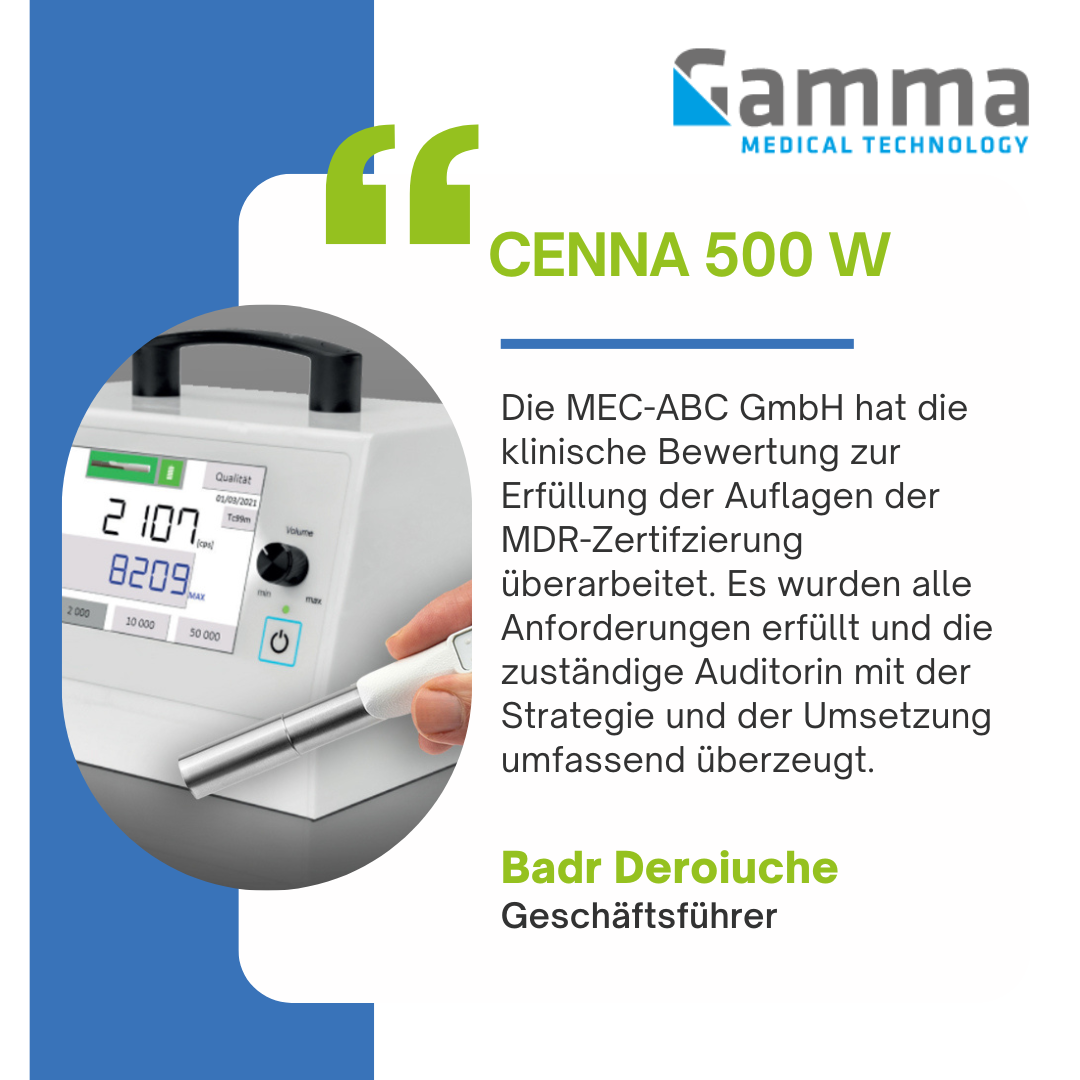Clinical evaluation
Medical devices must be safe and perform well. To prove this, a clinical evaluation is required. The European Medical Device Regulation (MDR) 2017/745, like the still valid EU Medical Device Directive (93/42/EEC, MDD), requires that all medical device manufacturers to conduct a clinical evaluation and post-market clinical follow-up (PMCF) for all their devices, regardless of risk class. The clinical evaluation is an essential part of the conformity assessment procedure for CE marking and must be performed before the approval and the placing on the market.
With us you:
- Save money by checking if clinical studies are necessary.
- Achieve faster certification through fewer corrections.
- Get sustainable - with a solid, consistent concept that stays resilient, even when auditors change.
- Reduce restlessness and have less stress due to a clear line of action in the process.
- Achieve more safety through a comprehensive strategy and approach.



